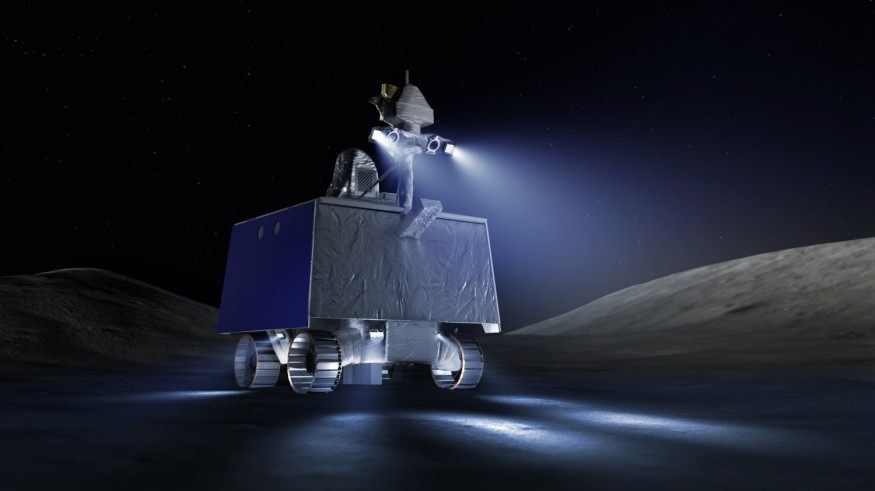The Volatiles Investigating Polar Exploration Rover (VIPER) is NASA's first robotic lunar rover and it is now officially coming together. VIPER's system integration and test lead David Petri said that their team is super excited and proud of the effort they have invested together to get this far.

How Is NASA Building VIPER?
The team just recently began assembling the 1,000-pound rover at NASA's Johnson Space Center, SciTech Daily reports. Engineers and technicians will continue to build the rover over the next few months as they add subsystems, like avionics, power, telecommunications, mechanisms, thermal systems, and navigation systems.
Additionally, it will include specialized scientific instruments and drills that will perform the primary objectives of the VIPER mission. After the integration is complete, the rover will go through a series of demanding function, performance, and operational testing, followed by vibration, acoustic, and thermal-vacuum environmental tests to ensure it is mission-ready.
According to a press release, the Mass Spectrometer Observing Lunar Operations (MSOLO) arrived at Johnson Space Center a few days ago and will assist VIPER's mission science team in analyzing the chemical makeup of lunar soil and studying water on the Moon's surface.
Meanwhile, software developers continue to create and test the rover's brains before they are combined with the rover hardware at NASA's Ames Research Center in California's Silicon Valley, where the project is controlled. The VIPER scientific team is also continuing to mimic the fast-paced research activities in preparation for a November 10, 2024 lunar landing.
The date was chosen by scientists to guarantee that the solar-powered rover obtains as much sunshine as possible while making regular pauses to investigate and explore a part of the massive flat-topped Moon peak Mons Mouton. The team may continue planning the optimal path for the rover to travel to maximize research results while avoiding cold and dark shadows by using a target landing date.
With more flight science equipment due to arrive shortly and many other elements staged in preparation for integration, NASA is on target to deliver VIPER to Astrobotic of Pittsburgh in mid-2024, ahead of a launch in late-2024. As part of NASA's Commercial Lunar Payload Services (CLPS) effort, Astrobotic plans to carry VIPER to the Moon's South Pole on its Griffin lander.
VIPER's Main Job on the Moon
VIPER will land in one of the Moon's southern polar craters. Its primary mission is to examine the regolith to estimate the fraction of water ice in it, Universe Magazine reports. The lunar rover will be outfitted with a drill capable of extracting materials from depths of up to a meter, as well as three scientific instruments.
The NSS neutron detector will aid in identifying potential ice formation sites, while the MSolo and NIRVSS spectrometers will aid in determining the chemical composition of the regolith.
VIPER's length and breadth are 1.5 m, its height is 2.5 m, and its weight is 450 kg. The spaceship will be propelled by four wheels with speed of up to 0.72 km/h. It will be outfitted with solar panels capable of producing 450 watts to generate electricity that will also be used to protect the rover at lunar night from freezing.
RELATED ARTICLE:
NASA Viper Rover: Where Will This Space Agency Send This Golf Cart to Look for Ice?
Check out more news and information on Space in Science Times.
© 2025 ScienceTimes.com All rights reserved. Do not reproduce without permission. The window to the world of Science Times.












